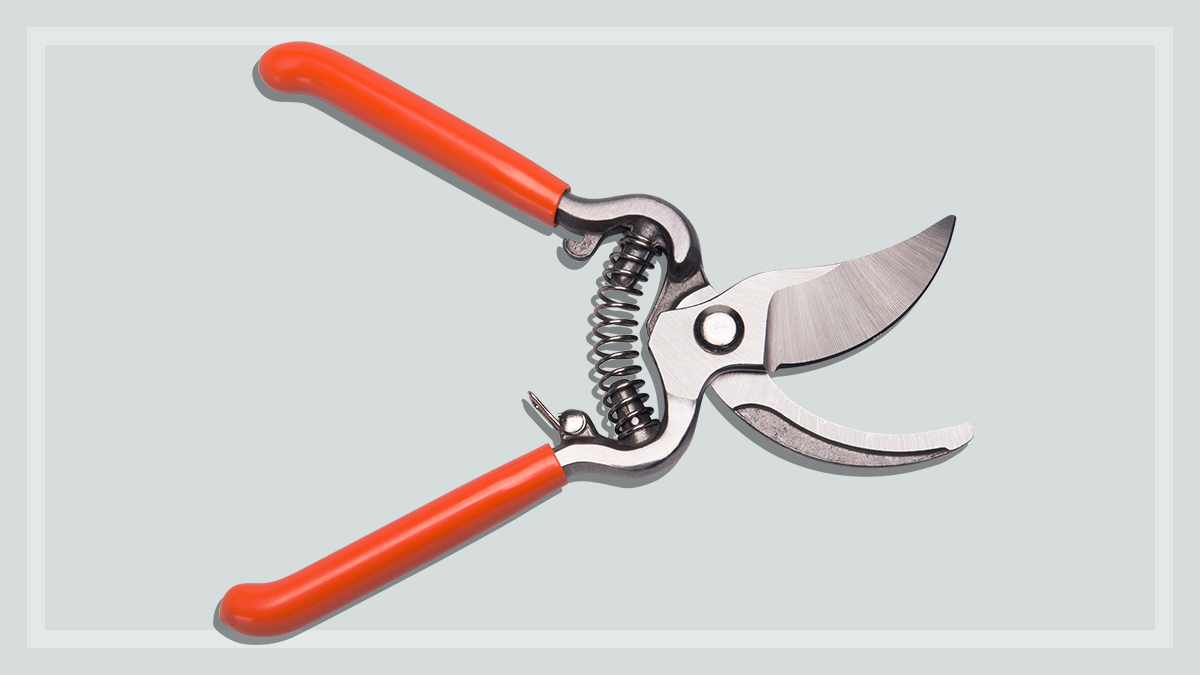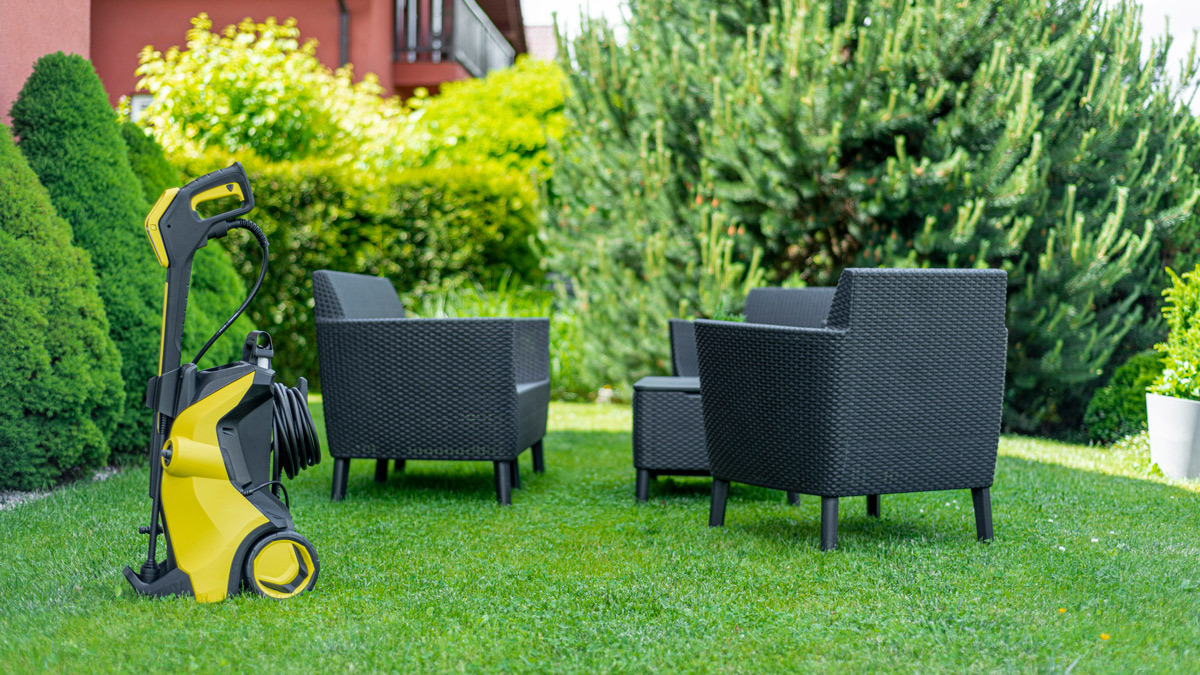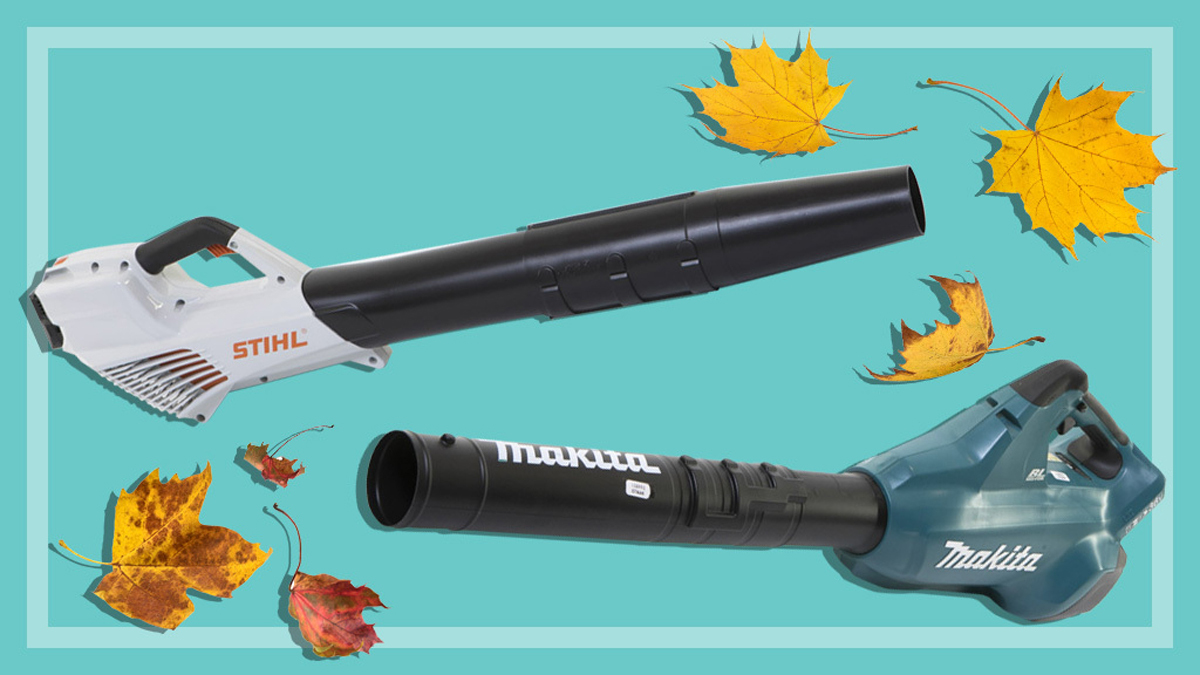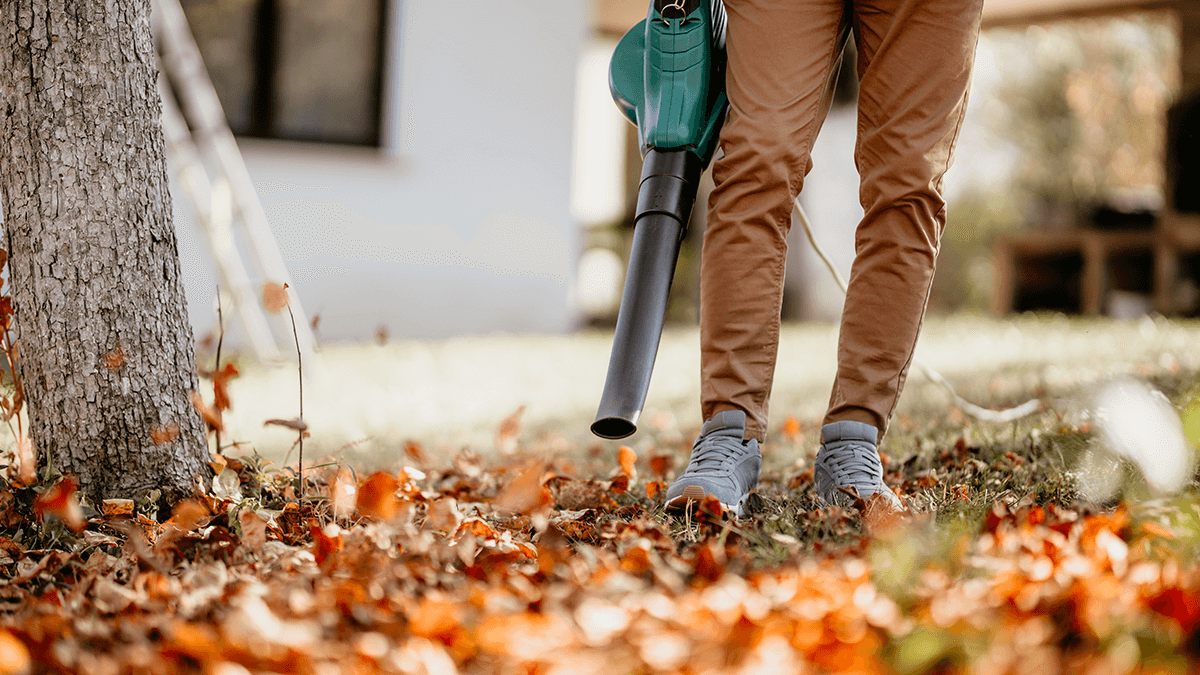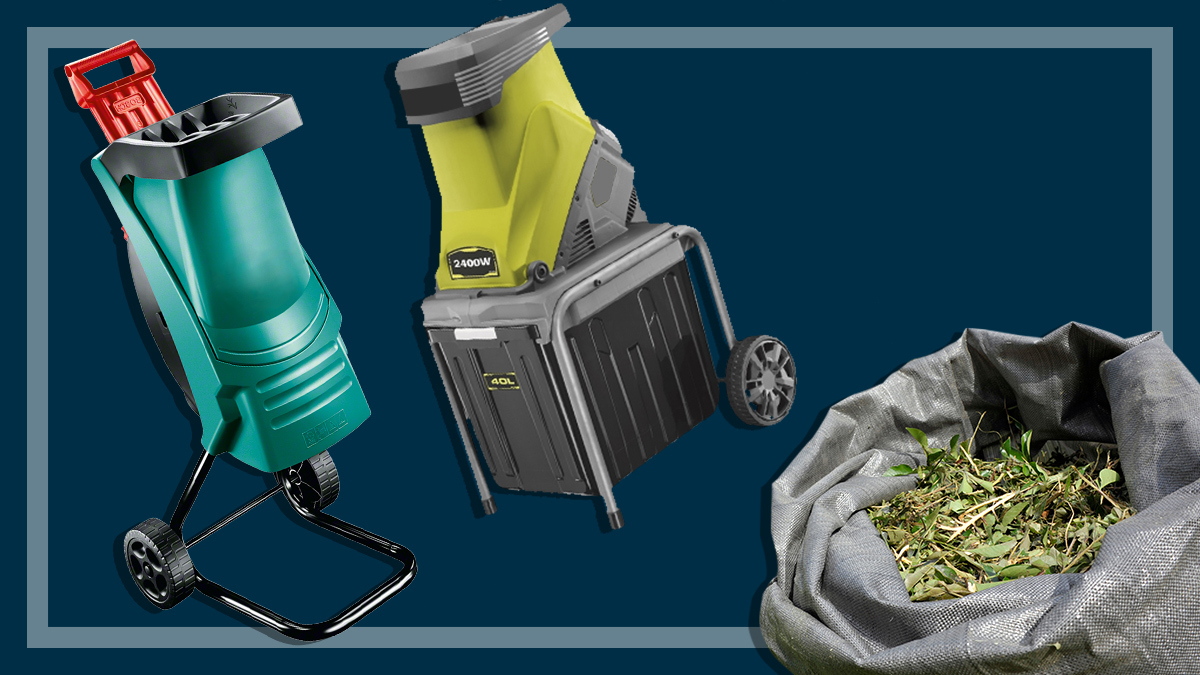Get our independent lab tests, expert reviews and honest advice.
How to buy the best secateurs
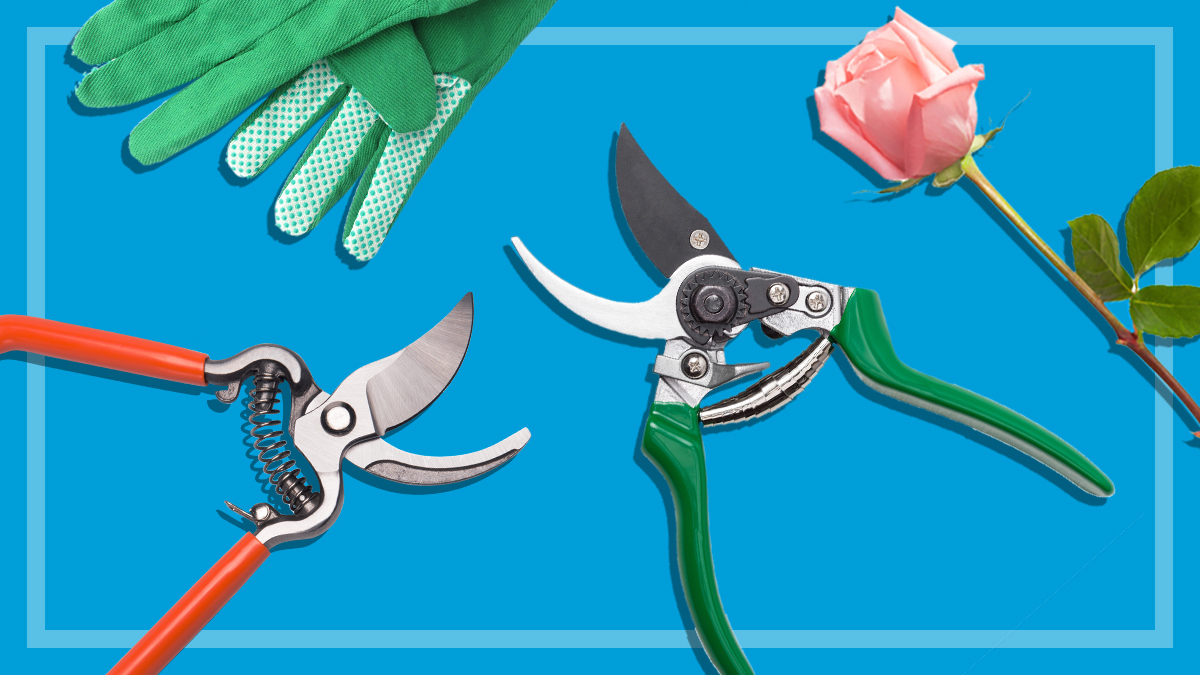
Secateurs keep shrubs, trees and bushes tidy, trimmed of dead wood, and pruned to promote flowering and fruiting. There are hundreds of models on the market, which can cost anywhere from $3 to up to $100 – so how do you pick the best secateurs for your needs?
On this page:
Types of secateurs
When choosing a pair of secateurs, one of your first decisions is which type to get:
Bypass secateurs
The most common type (and the ones we focus on in our tests), bypass secateurs work like scissors: the plant rests on the curved bottom blade and is cut by the sharper top blade as it slices past the bottom blade. These are the types we have focused on in our most recent secatuers review.
Bypass secateurs can cut branches off right against the stem, and are said to be more suited to cutting softer, stringier living stems. They’re good for reaching spots that are hard to get to, too.
Anvil secateurs
Anvil secateurs have a flat blade (the “anvil”) at the bottom. The top blade does the cutting, coming down onto the anvil like a guillotine.
Anvil secateurs are supposed to be better for cutting thicker, woodier stems, although in our tests, we’ve found some bypass models are also good at this.
Powered blade cordless secateurs
Some powered cordless secateurs claim to make pruning effortless. These secateurs may be useful for people with weak hands, such as those with arthritis, but check the weight as they can be heavy to hold and operate.
How much do secateurs cost?
The models in our most recent secateurs test range in price from $3 to $120, and our test results show that the most expensive secateurs aren’t always the best.
Features to look for
For a pair of fancy plant-scissors, there’s a lot to consider when buying secateurs. Here’s what you should take into account before making a purchase.
Cutting diameter
The cutting diameter is a measurement of the thickest branch the secateurs claim to cut. Bear in mind that the diameter listed is usually for green or soft wood. If you’re cutting hard, dry wood, they will underperform.
Ambidextrous design
If you have left-handers in your household you’ll need ambidextrous secateurs. These feature a safety catch that is positioned centrally so that it can be easily accessed no matter which hand you use to hold the secateurs, and the handles are not specifically shaped to fit one hand in particular.
Handle fit
Secateurs come in different sizes to suit smaller and larger hands. Handles should fit your hand comfortably, especially when opening and closing the blades for cutting. You don’t want your hands to get tired when dealing with large jobs.
Bright colours
These make the secateurs easier to locate in the garden!
Safety catch
This is operated by a thumb lever or a sliding catch. Check that the catch is easy for you to operate.
Pivot
The bolt holding the two blades together should be easily adjustable with a screwdriver or spanner.
Blade coatings
These non-stick coatings are supposed to keep the blades from rusting, although the coating could come off over time. Any blade made of stainless steel should be relatively rustproof, as long as you take care of it by oiling it regularly and don’t leave it outside for any length of time.
Replaceable parts
Being able to replace blades and/or springs is a more sustainable option, and will give the secateurs longer life if the blade is damaged.
Sharp points
We advise avoiding secateurs with sharp points; they’re generally unnecessary.
Ratchet or gear mechanism
Some secateurs will have a ratchet or gear mechanism for more powerful cutting. These might be worth trying if you have a weak grip or a lot of hard wood to prune.
Top tips for using secateurs
- Keep them sharp by sharpening them on a small oil stone — besides making the secateurs less effective, blunt blades can also damage a plant.
- Once you’ve finished a clipping or pruning session, clean off the sap with soapy water and dry, then rub the secateurs with an oily cloth.
- Don’t use them to cut branches bigger than they’re capable of cutting — it could damage them.
- Pull your secateurs apart occasionally and oil the moving parts, including the pivot.

